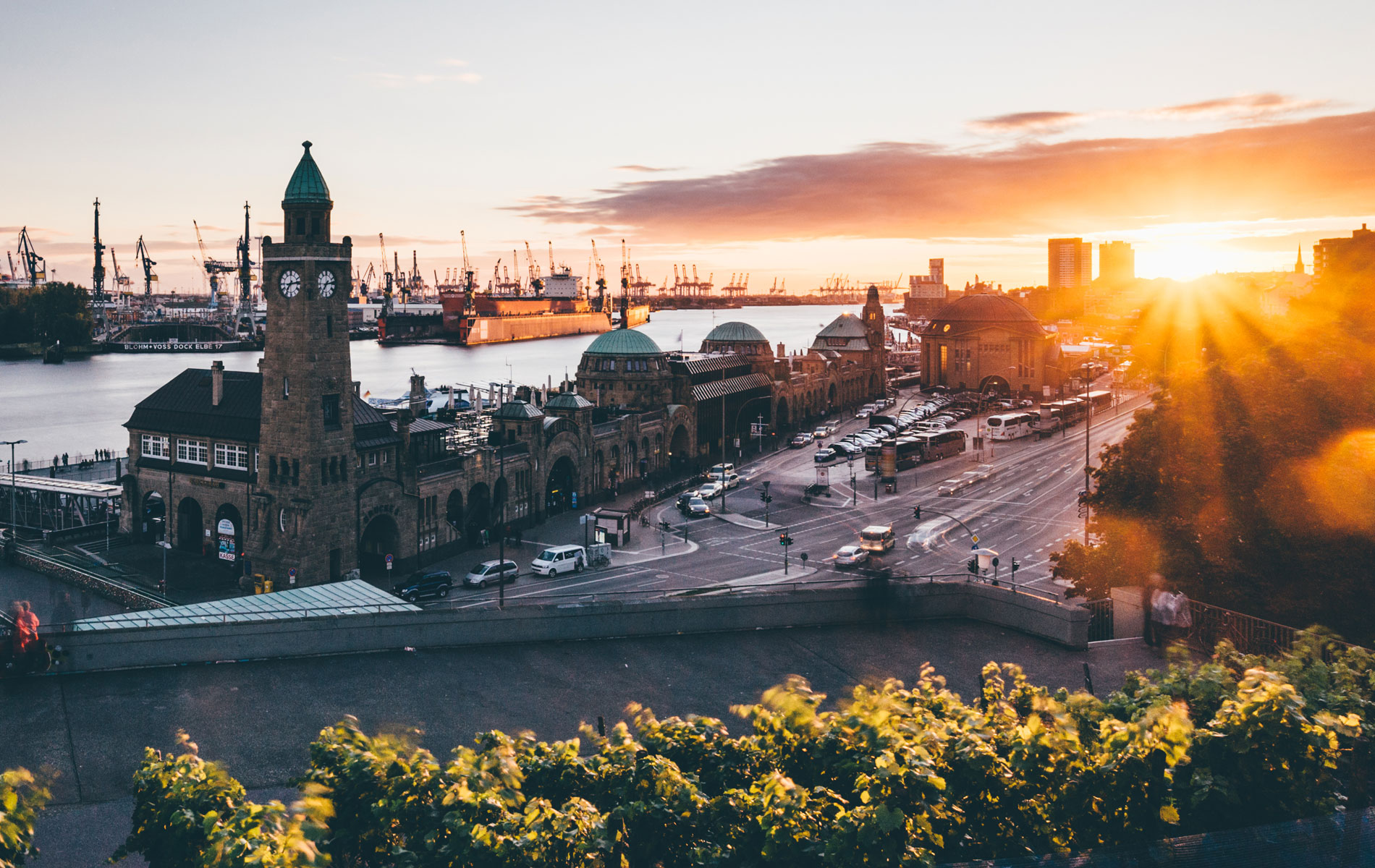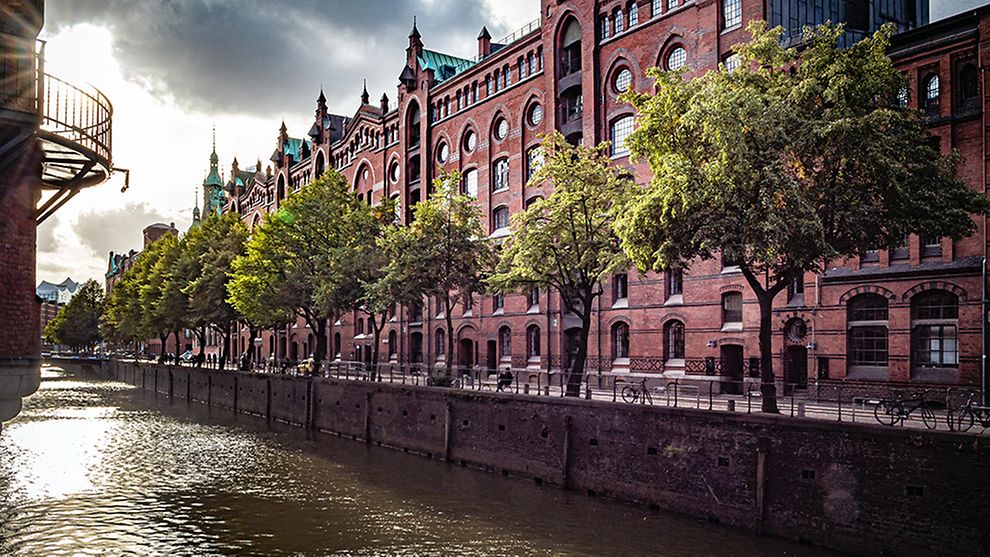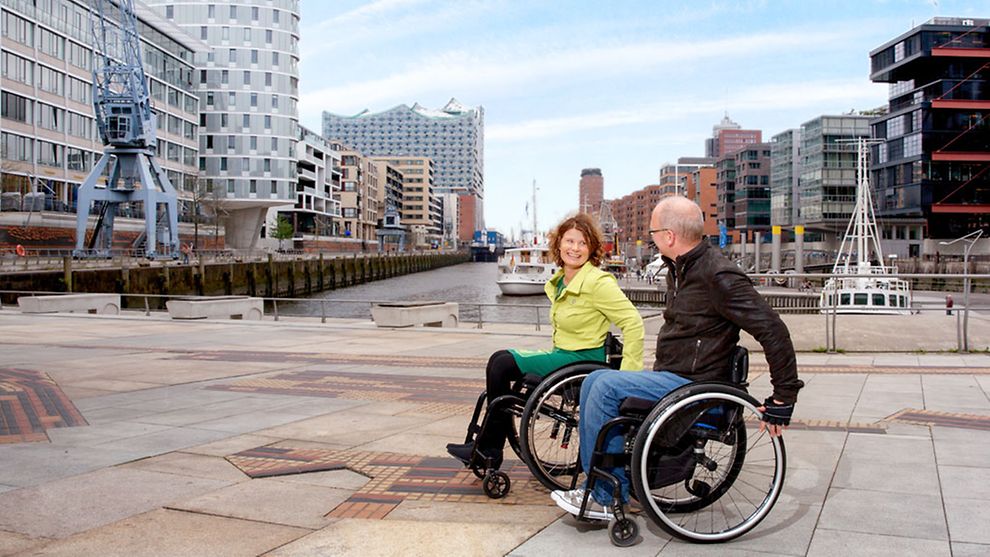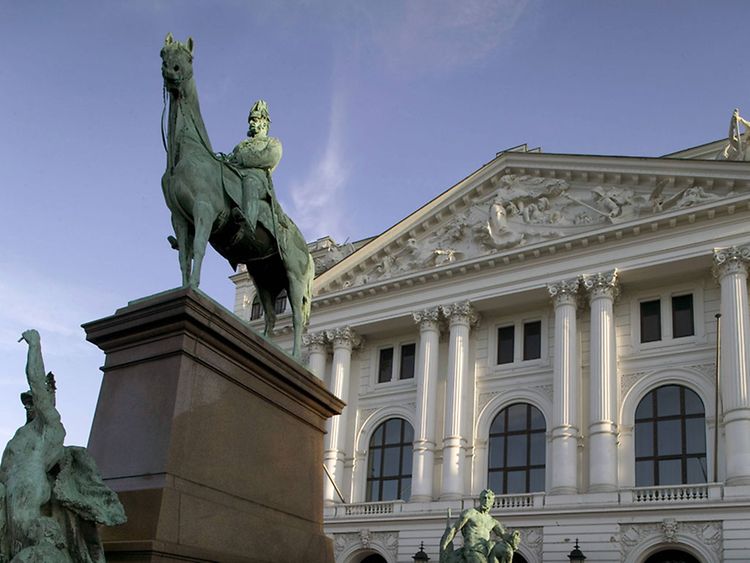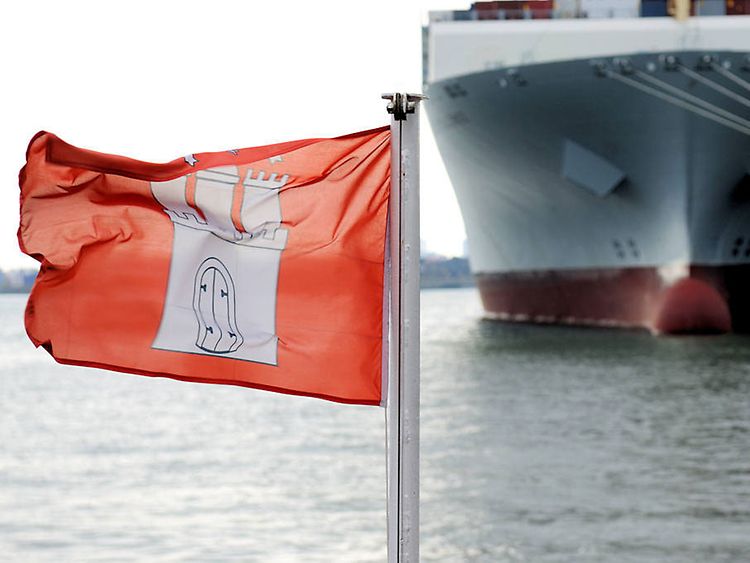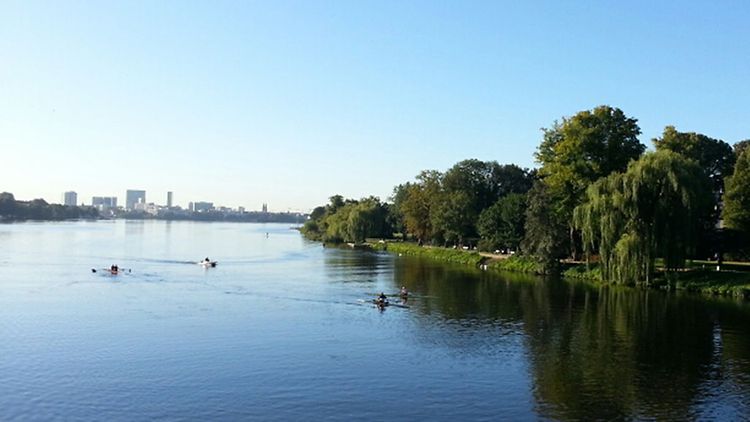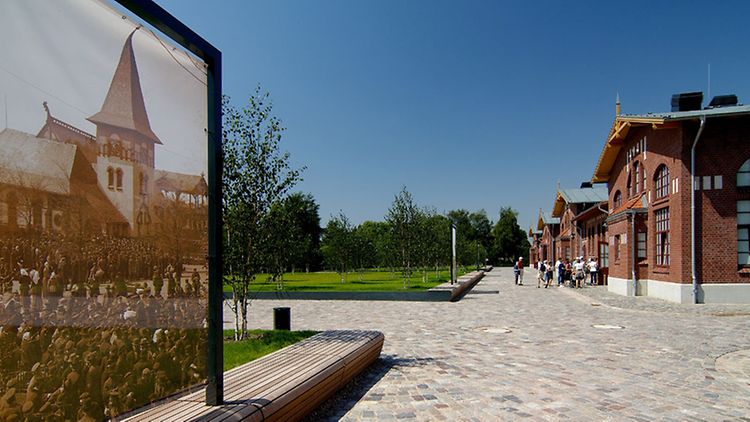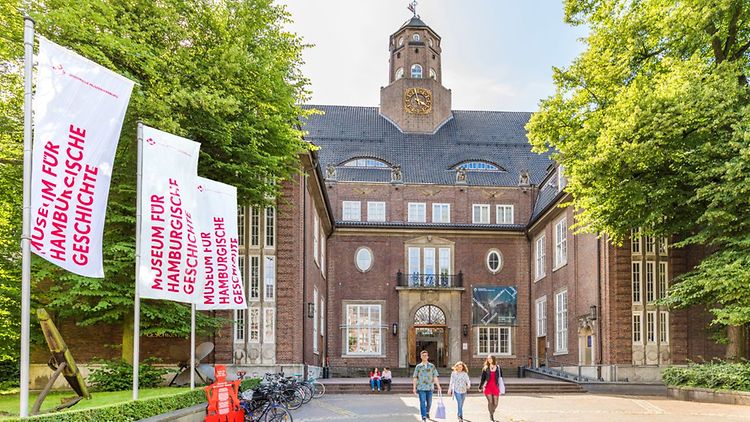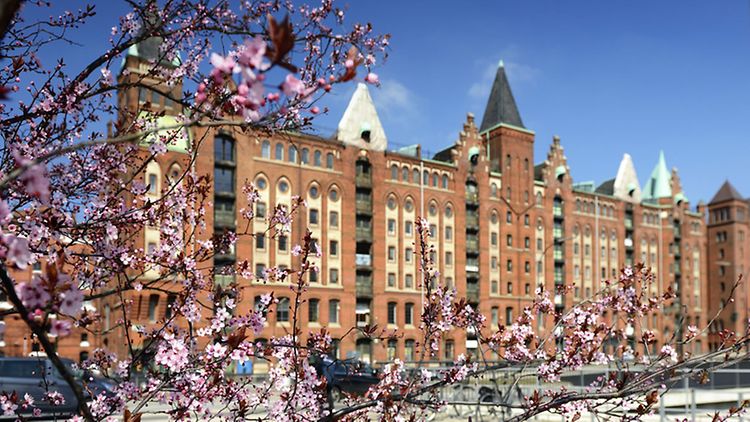Hanseatic League
It all began in the year 808 CE, when Emperor Charlemagne ordered the construction of a castle on the marshy land between the River Alster and the River Elbe to fend off Slavic tribes. The fort can still be seen in the city’s coat of arms. 1189 was a crucial year, as Frederick I Barbarossa allegedly gave Hamburg the title of Free Imperial City within the Holy Roman Empire. Tax-free access to the lower River Elbe enabled the city to become a key trading power in Europe. Simultaneously, the Danes, led by King Valdemar II, took control of Hamburg several times until they were finally defeated in 1227.
Several years later in 1241, the prosperous trading city of Lübeck formed an alliance with Hamburg, which eventually resulted in the League of Hanseatic Cities. Membership of this powerful commercial and defensive alliance between coastal cities in Northern Europe would be crucial to Hamburg’s economic position in the world. The legacy of the League is still reflected in the city’s full name: the Free and Hanseatic City of Hamburg.
Alster Swans
In 1664, the senate of Hamburg enacted a law to protect the swans of the city. Anyone who dared to beat to death, insult, shoot or eat a swan would be severely punished. It is said that Hamburg will be free and Hanseatic as long as there are swans living on the Alster. Still today, the Alster swans are protected and cared for dutifully by the city government, so be sure to treat them with the utmost respect.
Fire and Black Death
On 5 August, 1284, a terrible fate befell Hamburg, as a great fire destroyed all but one of the city's residential houses. Less than a century later in 1350, the Black Death, one of the deadliest pandemics in human history, killed more than 6,000 people: roughly half of the city's population. Despite the tragedies and occasional pirate pillaging (for example, by the legendary pirate Klaus Störtebeker), the city of Hamburg continued to grow and expand its trade routes globally.
Religion
Lutheranism became the state religion of Hamburg in the 16th century, drawing many religious refugees from the Netherlands and France. However, it also lead to (temporary) loss of citizenship for Roman Catholics in the city. At the end of the 16th century, the first Sephardi Jews arrived from Portugal and built a Portuguese Jewish community in Altona.
Stock market and the Great Fire
After London and Amsterdam, the Hamburg stock market was founded in 1558. The city's continuous growth and prosperity were arrested briefly when Napoleon's armies invaded the city in 1810, cutting off much trade. Following Napoleon's defeat, the city of Hamburg was liberated. At the Congress of Vienna in 1815, Hamburg was once again named a 'free city', along with Bremen, Frankfurt and Lübeck, within the new 38-state German Confederation. Yet ill fate struck again in 1842 when the Great Fire left 20,000 of Hamburg's citizens homeless and over a third of the city in ruins, including many old buildings such as St. Petri Church, St. Nikolai Church and the city hall.
Population boom and cholera epidemic
In 1860, Hamburg adopted a democratic constitution that established the separation of church and state and guaranteed freedom of press, assembly and association. Soon after, in 1871, Hamburg became part of the German Empire, but was able to retain its self-ruling status. Transatlantic trade eventually made Hamburg the second largest port in Europe and the starting point for many settlers of the 'New World'. During these prosperous times, the population of Hamburg more than quadrupled to 800,000 inhabitants. Unfortunately, the water supply from the Elbe had not been modernised, which resulted in a major outbreak of cholera in 1892, killing around 8,600 people. The city’s handling of the epidemic was used by the imperial government to greatly reduce the powers of Hamburg’s city authorities.
First World War
By the turn of the 20th century, the population of Hamburg had grown to 1 million. After the outbreak of the First World War, 230,000 inhabitants took part in the war ― mostly young men as soldiers in Prussian regiments, 35,000 of whom lost their lives. With its strong reliance on trade, Hamburg's economy was severely crippled by the disruptions to commerce and trade following the war. The city also lost most of its commercial fleet to war reparations, as well as many of its trade routes when post-war Germany was forced to give up its colonies.
Nazi regime
Before the war, Hamburg had the largest Jewish community in Germany. This community suffered the same fate as those elsewhere in Germany under the Nazi regime. The Constitution of Hamburg was suppressed and Hamburg’s large Jewish population was deported and murdered almost entirely. Today, the many Stolpersteine (commemorative cobblestones found throughout the city) are reminders of the victims of Nazi oppression. The few preserved buildings at the Neuengamme concentration camp now serve as a memorial.
Operation Gomorrah and peace
Towards the end of the war, British and American bombers had to destroy entire districts of the city in what was known as Operation Gomorrah - until the Nazi regime finally surrendered in May, 1945. In total, 39,000 tons of bombs were dropped, killing about 42,000 German civilians. The Second World War resulted in the destruction of over 50% of domestic property, 40% of industrial areas and 80% of the port area. Today, the remaining tower and ruins of St. Nikolai's monument are a stark reminder of the large-scale devastation of war. After the post-war British occupation, the Free and Hanseatic City of Hamburg became a state within the Federal Republic of Germany in 1949, which today consists of 16 states.
More information
A comprehensive guide to the history of Hamburg's port as well as aviation- and aiport-specific history can be found in the links.
